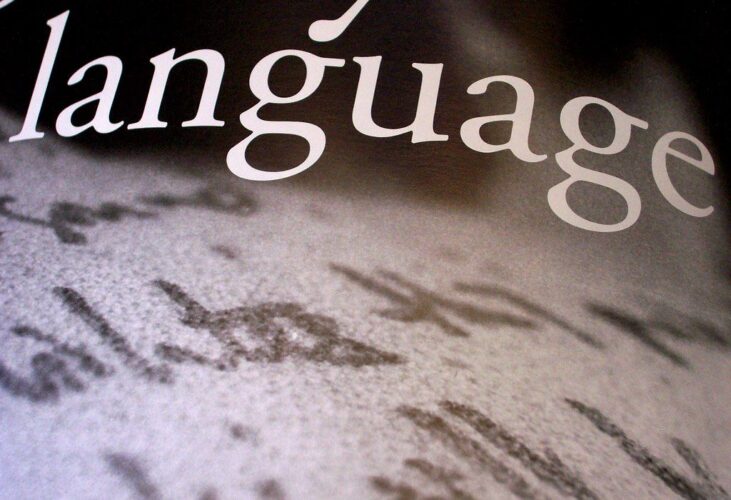Icdnuolt blveiee taht I cluod uesdnatnrd waht I was rdanieg The phaonmeal pweor of the hmuan mnid Aoccdrnig to a rscheearch at Cmabrigde Uinervtisy, it deosn’t mttaer inwaht oredr the ltteers in a wrod are, the olny iprmoatnt tihng is taht the frist and lsat ltter be in the rghit pclae. The rset can be a taotl mses and you can sitll raed it wouthit a porbelm. This is bcuseae the huamn mnid deos not raed ervey lteter by istlef, but wrod as a wlohe. Amzanig huh? yaeh and I awlyas thghout sopeling was ipmorantt!
You might have seen this internet meme before; if you haven’t and it looks like gobbledy-gook, it works a lot like the Magic Eye images. The harder you try to figure it out, the worse it gets. If you are having trouble reading the above, don’t try so hard. This will be harder for non-native readers of English, but if you stop trying to read each word because it looks strange, and just let go and get started reading the first bit, it comes a lot easier (at least, I found it so). The reason I am putting this up is because it goes to my inner language geek. Just recently, I came across this (which I had originally hung in my office at work) and I had the time, so I looked it up to see if it actually came from Cambridge. Funny thing is, its the exact question someone from Cambridge asked! The answer, apparently, is that no one really knows who this originated from, though there has been linguistic studies into similar areas, and studies of how people learn language and how the brain translates words.
One of the professors who has worked in the Cognition and Brian Sciences Unit at Cambridge wrote up a blog post where he gives the history of the research into language learning he has found, and possible links to this meme. He does show how there are some tricks to the above process, which means that you can’t just use any way to mix up the internal letter order, and that the sentence design itself has a lot to do with how it can be read. He has also added all the different languages this meme has been created in. Some written languages do not work as well with this design (such as Chinese), because the structure of the writing doesn’t work the same as many of those based in Europe. However, some do, and the blog poster, Matt Davis, gives a good run down of the types of written languages he has found examples in. I am providing a link here for you, so you can read his studies yourself if you are interested. He last updated it in 2003, so it has been around for a while, but the information is still good, and very interesting if you are like me! Link Here.
Featured Image in Creative Commons-“Zine Study XIV: [language]” by Shawn Econo is licensed with CC BY-NC-SA 2.0. To view a copy of this license, visit https://creativecommons.org/licenses/by-nc-sa/2.0/

